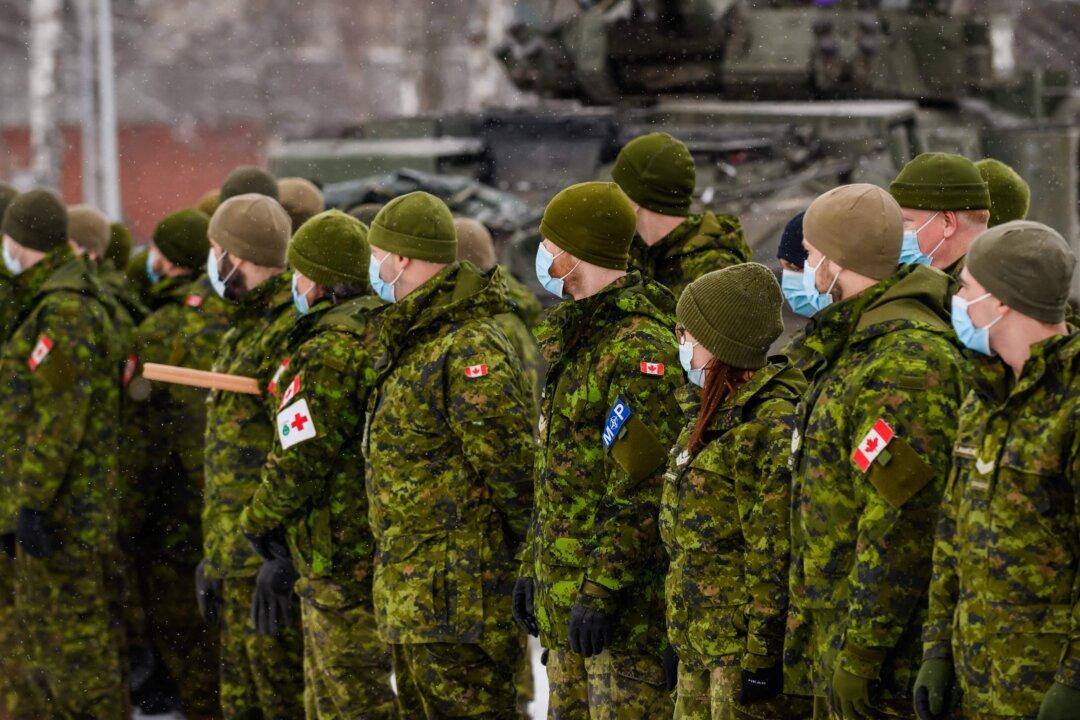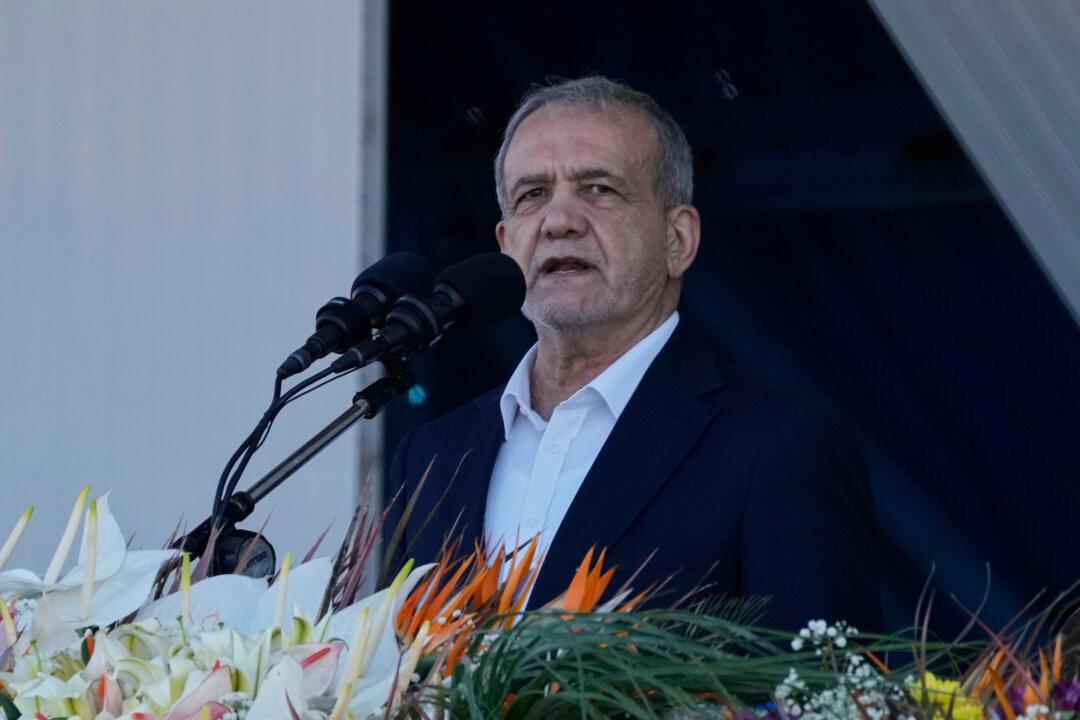NATO is likely to send more troops to the alliance’s eastern flank, sending battle groups to Bulgaria, Hungary, Romania, and Slovakia, said NATO Secretary General Jens Stoltenberg Wednesday, as Ukrainian officials warned that 100,000 people are trapped in Mariupol amid the conflict with Russia.
“I expect leaders will agree to strengthen NATO’s posture in all domains, with major increases in the eastern part of the alliance on land, in the air, and at sea,” Stoltenberg said ahead of Thursday’s NATO summit in Brussels.





